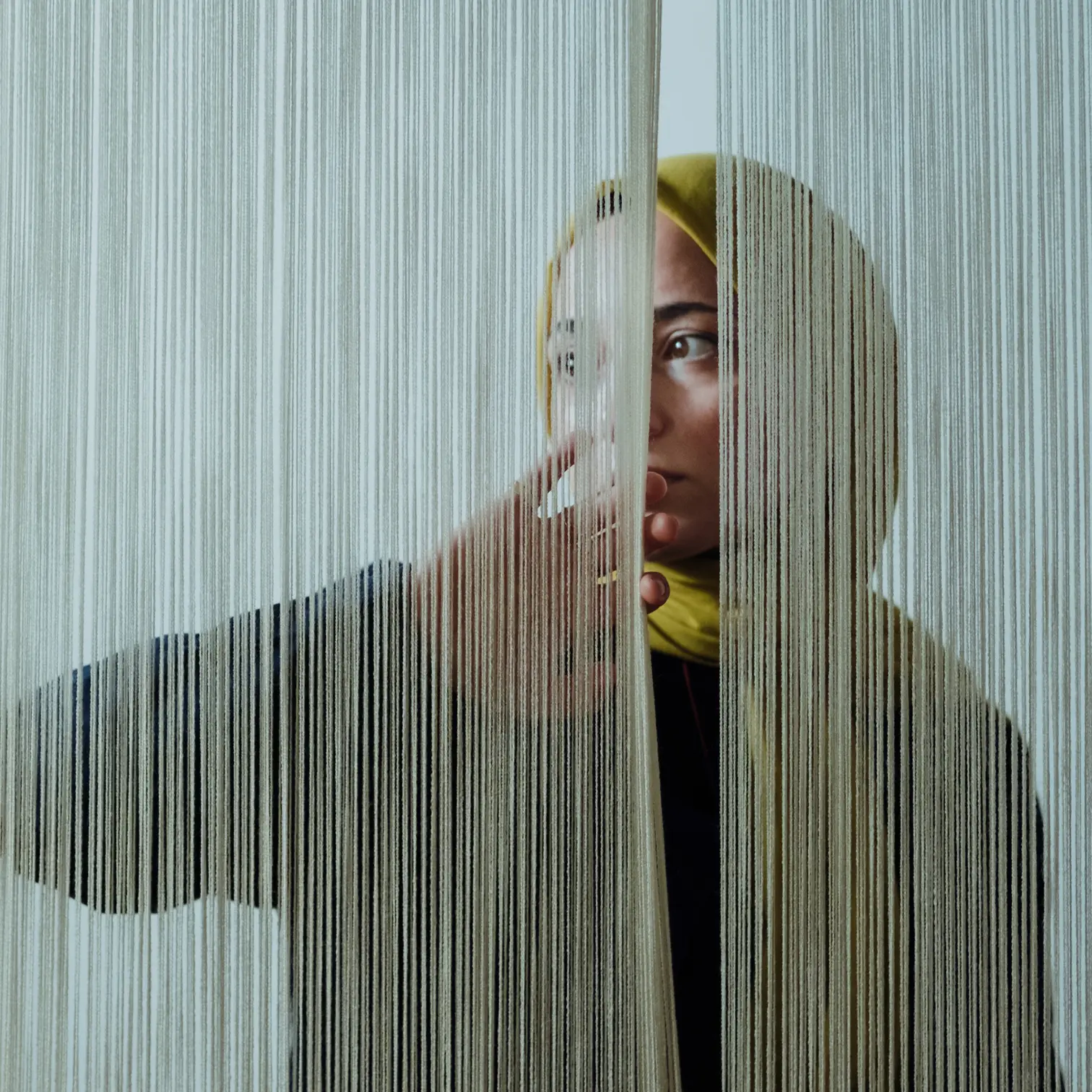In the artist's words:
The upright piano I constantly compose and work on has always reminded me of the traditional looms in Anatolia: with its vertical structure, its inner strings exposed, the fabric covering the hammers. Having roots in Anatolia, where my family was born and raised, I feel a deep connection to these looms. The women who wove on them weren’t just creating rugs—they were embedding their life stories into each pattern, thread by thread. Their joys, sorrows, griefs, hopes, and dreams were woven into intricate designs, silently telling stories that perhaps they couldn’t speak out loud. I believe that writing music has the same effect on me. It’s a journey, an emotional imprint, a way of processing and preserving something deeply personal. Even though our art forms are different, I feel that, in essence, we are engaging in the same act: translating our inner worlds into something tangible.
In Anatolia, carpets were never just objects. They carried secrets, longings, struggles, and tales. A dragon could mean power or sometimes an enemy; a bird could symbolize news, love, or happiness; a chest might hold quiet hopes for the future. These symbols were not merely decorative; they were a language, a way of communicating what words often failed to express.
This album is my own way of weaving. Each piece is built around one of these motifs—Fertility, Dragon, Bird, Chest—and just like the women who wove their emotions into knots, I have embedded mine in this music. The repetition, the patterns, the subtle variations that bring something to life—this is how I compose. It’s why I felt compelled to include real loom recordings in the album, capturing the raw, rhythmic pulse of hands at work, shaping something meaningful out of silence.
I don’t know if this is just an album or if it’s something deeper—perhaps an attempt to find my own thread within this long tradition. But I do know that, just like those carpets, it holds something personal, something unsaid, something waiting to be woven into sound.
